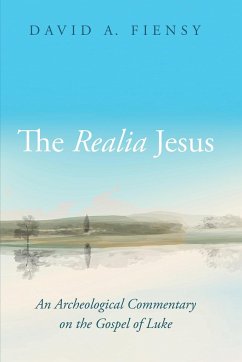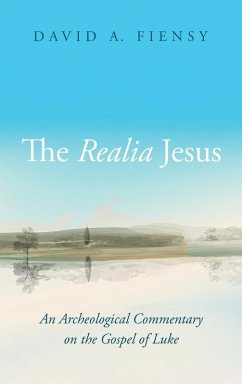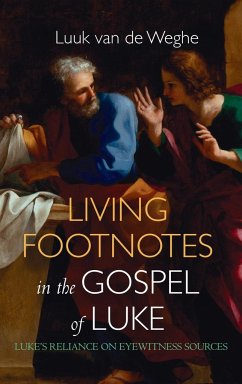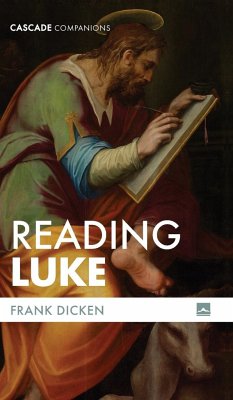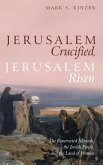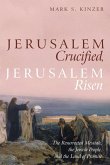Where was Golgotha? Was Peter's house in Capernaum? Was Mary from the town of Magdala? Where was Bethsaida? We've all heard the arguments, but what do the archaeological finds tell us? This book pulls together archaeological information, scattered in journals and final reports, relating to the Gospel of Luke with appealing photography, instructive illustrations, and fascinating recent finds. It uses archaeology to reconstruct the social, religious, historical, geographical, and pathological context for the story of Jesus and the Jesus-movement. The book not only features the ""shiny objects"" from the excavations (the beautiful pottery, buildings, and entertainment facilities) but also items that are not usually handled in glossy magazines, namely, the human, skeletal remains. Yet, these bones are an important window into the biblical world indicating lifespan, morbidity, socioeconomic standing, violence, and stature. The work will employ four areas of archaeological finds and investigations, including inscriptions, large finds (of buildings), small finds (jewelry, pottery, coins), and human remains, to help interpret and illustrate the Gospel of Luke. Along the way, it assesses several archaeological controversies, giving care to be fair to all sides but leaving the reader with the information to make up his or her own mind.
Hinweis: Dieser Artikel kann nur an eine deutsche Lieferadresse ausgeliefert werden.
Hinweis: Dieser Artikel kann nur an eine deutsche Lieferadresse ausgeliefert werden.

